Rising Smartphone Penetration
The mobile banking market in the US is experiencing a surge in smartphone penetration, which is a crucial driver for the industry. As of November 2025, approximately 85% of the US population owns a smartphone, facilitating easier access to banking services. This widespread adoption enables consumers to perform transactions, check balances, and manage accounts directly from their devices. The convenience offered by mobile banking applications is likely to attract more users, particularly among younger demographics who prefer digital solutions. Furthermore, the increasing availability of affordable smartphones is expected to further enhance market growth. As more individuals gain access to mobile technology, the mobile banking market is poised to expand, potentially increasing user engagement and transaction volumes significantly.
Increased Focus on Financial Inclusion
There is an increasing focus on financial inclusion in the mobile banking market, which is a vital driver for the industry.. As of November 2025, approximately 20% of the US population remains unbanked or underbanked, highlighting a significant opportunity for mobile banking solutions. By providing accessible and user-friendly banking services through mobile applications, financial institutions can reach underserved communities. This focus on inclusion not only addresses social equity but also expands the customer base for mobile banking providers. Initiatives aimed at educating consumers about mobile banking benefits are likely to further enhance adoption rates. As financial institutions prioritize inclusion, the mobile banking market is expected to grow, potentially transforming the financial landscape for millions of Americans.
Regulatory Support for Digital Banking
Regulatory support for digital banking is emerging as a significant driver for the mobile banking market in the US. Recent legislative measures have aimed to promote innovation and competition within the financial sector, encouraging banks to adopt mobile banking solutions. As of November 2025, the US government has implemented policies that facilitate the establishment of digital banks, which are often more agile and customer-focused than traditional institutions. This regulatory environment is likely to foster a more competitive landscape, prompting existing banks to enhance their mobile offerings. Consequently, the mobile banking market may experience accelerated growth as more consumers turn to digital solutions for their banking needs, driven by the availability of diverse and innovative services.
Growing Demand for Contactless Payments
There is a growing demand for contactless payment solutions in the mobile banking market, reshaping consumer behavior.. As of November 2025, nearly 60% of consumers in the US prefer contactless transactions for their convenience and speed. This trend is particularly evident in urban areas where consumers seek quick and efficient payment methods. Mobile banking applications are increasingly integrating contactless payment features, allowing users to make purchases with a simple tap of their smartphones. This shift not only enhances user experience but also aligns with the broader trend of minimizing physical contact in financial transactions. As the demand for contactless payments continues to rise, the mobile banking market is likely to see increased adoption and usage, driving overall growth in the industry.
Technological Advancements in Mobile Banking
Technological advancements are playing a pivotal role in shaping the mobile banking market in the US. As of November 2025, innovations such as biometric authentication, blockchain technology, and advanced encryption methods are enhancing the security and functionality of mobile banking applications. These advancements not only improve user experience but also build consumer trust in digital banking solutions. The integration of artificial intelligence for personalized banking experiences is also gaining traction, allowing institutions to offer tailored services based on user behavior. As technology continues to evolve, the mobile banking market is likely to benefit from increased efficiency and customer satisfaction, driving further growth in the industry.


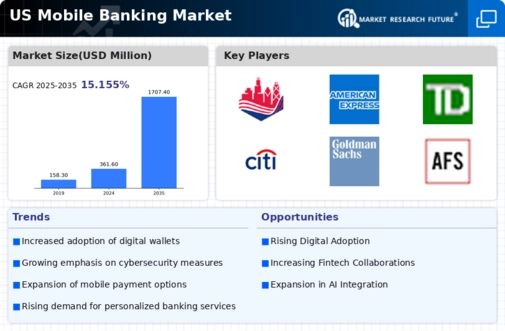

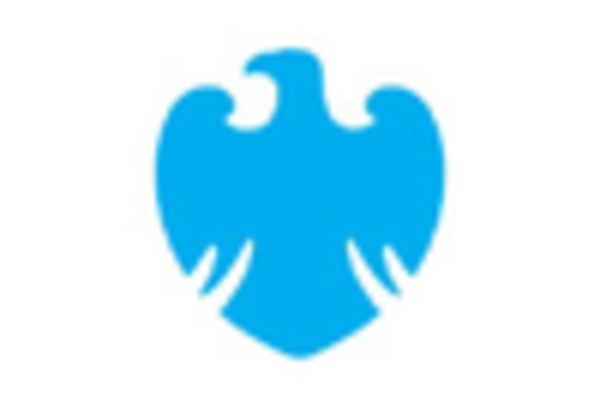
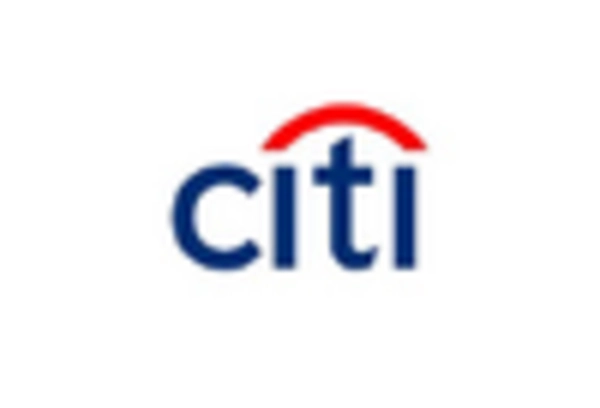
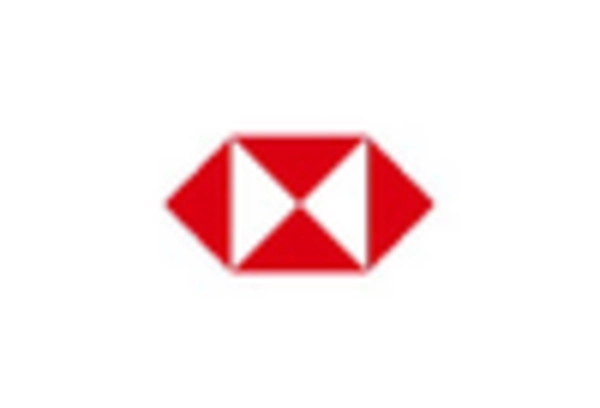
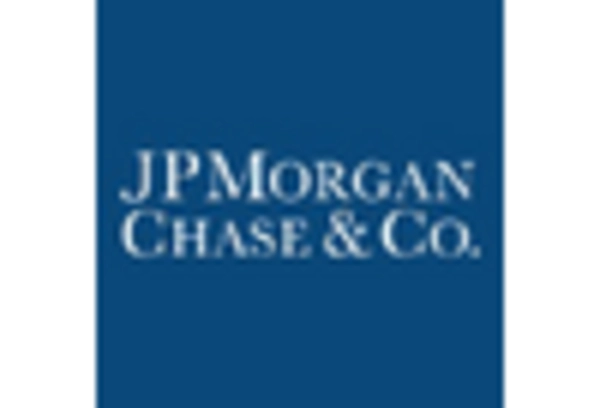
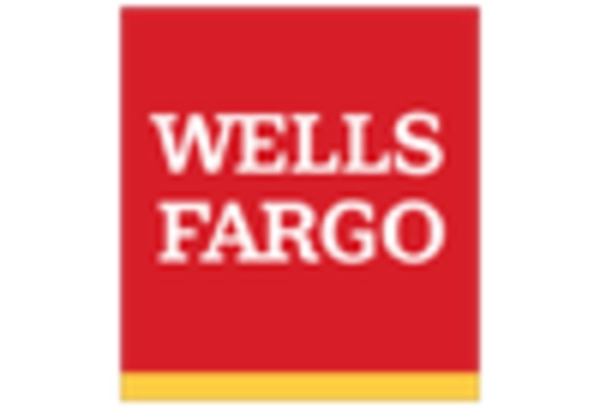








Leave a Comment